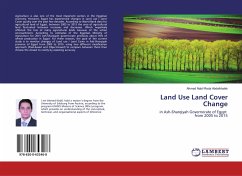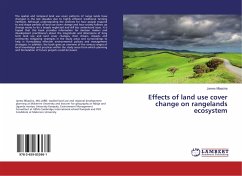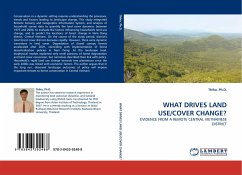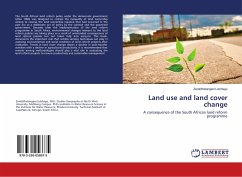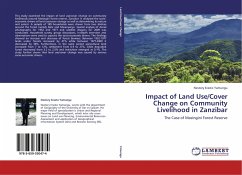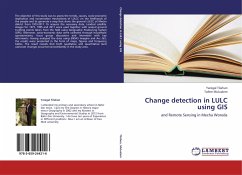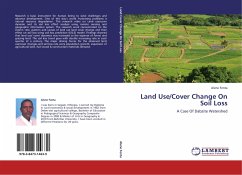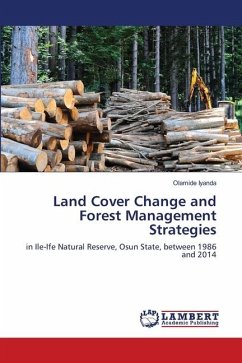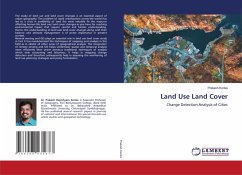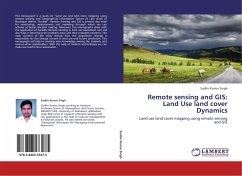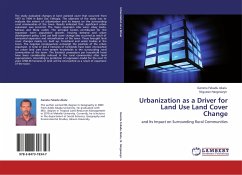
Urbanization as a Driver for Land Use Land Cover Change
and Its Impact on Surrounding Rural Communities
Versandkostenfrei!
Versandfertig in 6-10 Tagen
39,99 €
inkl. MwSt.

PAYBACK Punkte
20 °P sammeln!
The study evaluated changes in land use/land cover that occurred from 1957 to 1994 in Bahir Dar, Ethiopia. The objective of the study was to evaluate the extent of urbanization and its impact on the surrounding rural communities of the town. Results indicated that, significant urban expansion was occurred. The major expansion sites were; Abay mado, Merawi and Mota outlet. The principal factors contributed for the expansion were: population growth, housing demand and urban development policy. Land use land cover change also occurred as result of horizontal expansion and intensification of the t...
The study evaluated changes in land use/land cover that occurred from 1957 to 1994 in Bahir Dar, Ethiopia. The objective of the study was to evaluate the extent of urbanization and its impact on the surrounding rural communities of the town. Results indicated that, significant urban expansion was occurred. The major expansion sites were; Abay mado, Merawi and Mota outlet. The principal factors contributed for the expansion were: population growth, housing demand and urban development policy. Land use land cover change also occurred as result of horizontal expansion and intensification of the town. These brought land cover changes mainly on; built up, forestland and water bodies in the town. The negative consequences outweigh the positives of the urban expansion. A total of 242.2 hectares of farmlands have been encroached for urban land uses from sample households in the surrounding rural communities of the town. The livestock possessions per household head have been considerably reduced in the rural communities after land expropriation. According to prediction of regression model for the next 15 years 4768.36 hectares of land will be encroached as a result of expansion of the town.



